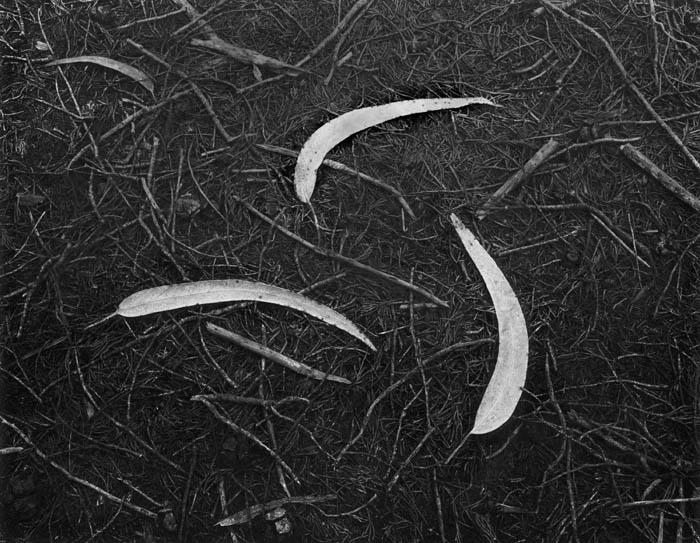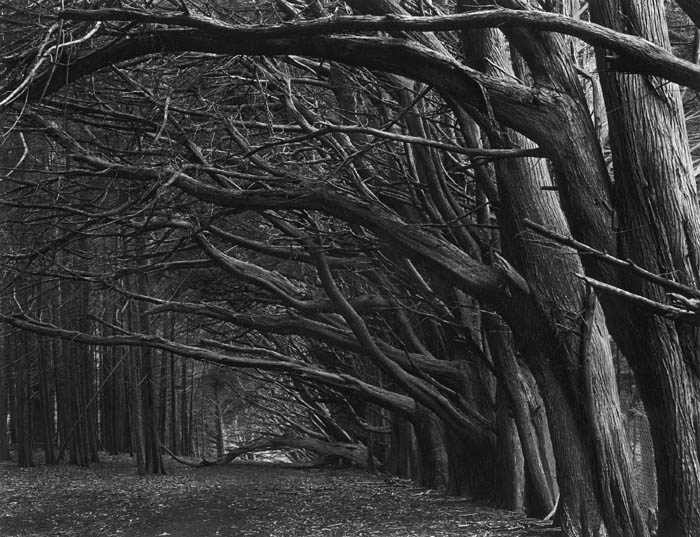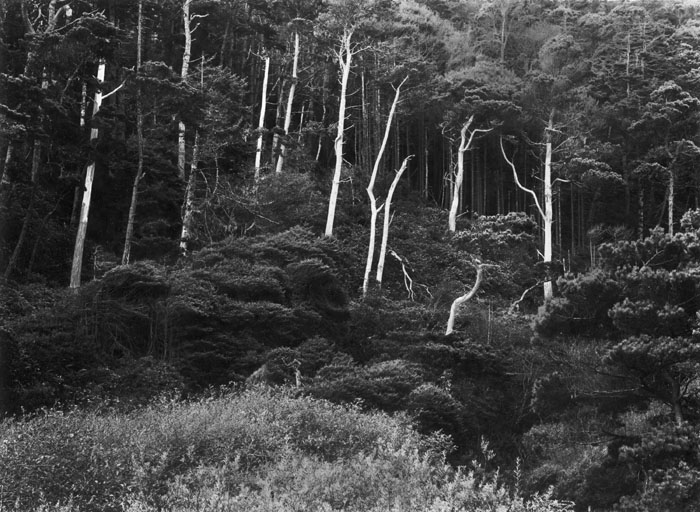 |
|||
|
|
|
Gordon Chapple Gordon is from California and his work was featured in a previous issue of View Camera published some years ago. He learned carbon printing from Michael Sandquist but now works with a unique printing method that is based on multiple transfers onto a dimensionally stable Melinex base. Gordon uses tissues of two different colors, a silver-colored tissue (made using a silver pearlescent pigment), which is the image base, and a warm black tissue (using Sumi ink as the pigment source). The silver color at the base gives a lovely silver tone in the Zone VII tonal range and an overall glow to the image, while the use of several warm black transfers allows him to obtain a remarkable tonal range, and very high Dmax in the shadows. Gordon uses only analog methods in building up his carbon images, and works almost exclusively with 11x14 analogue in-camera negatives. Gordon Chapple’s step-by-step procedure
The exposures for the different tissues vary based upon the tonal range desired. For example, an image that demands a fairly delicate or high key tonal range might require 70 units of exposure for the silver base and 40 units for the first black tissue. This method of working is very flexible and allows the artist to craft the print in building up tones accord with his artistic vision.
Figure 1 – Gordon Chapple, “Three Leaves,” 11X14” multi transfer carbon print on Melinex.
Figure 2 – Gordon Chapple, “Leaning Trees,” 11X14” multi transfer carbon print on Melinex.
|
|
|
|
|


